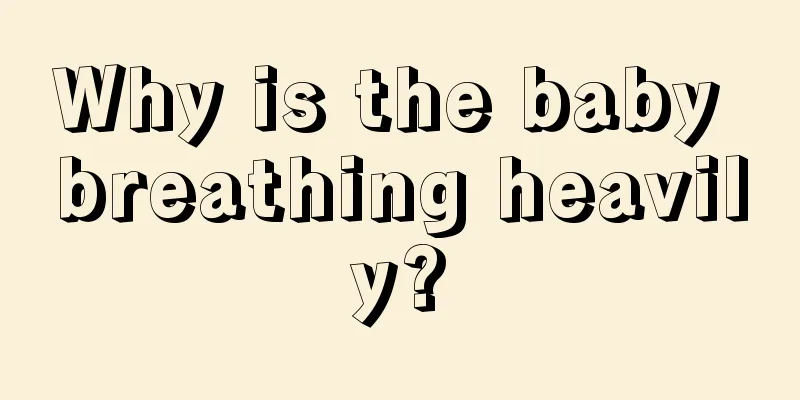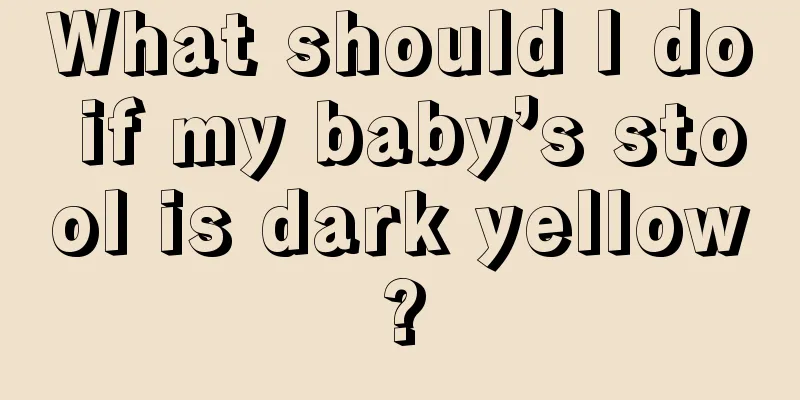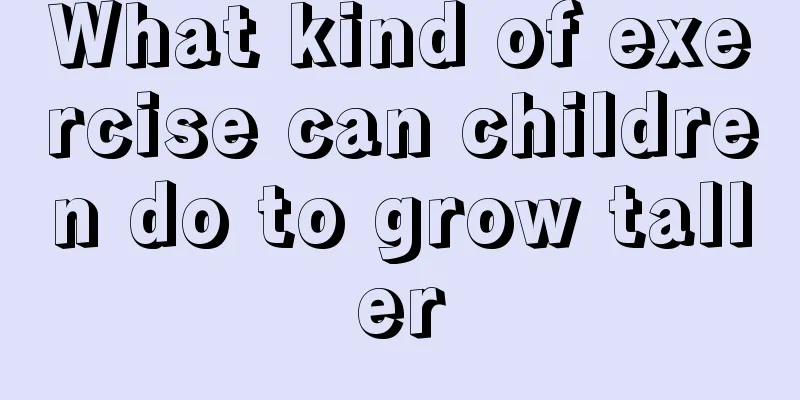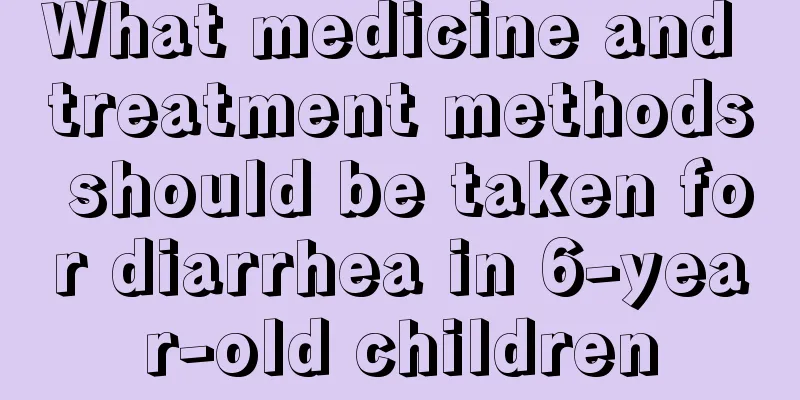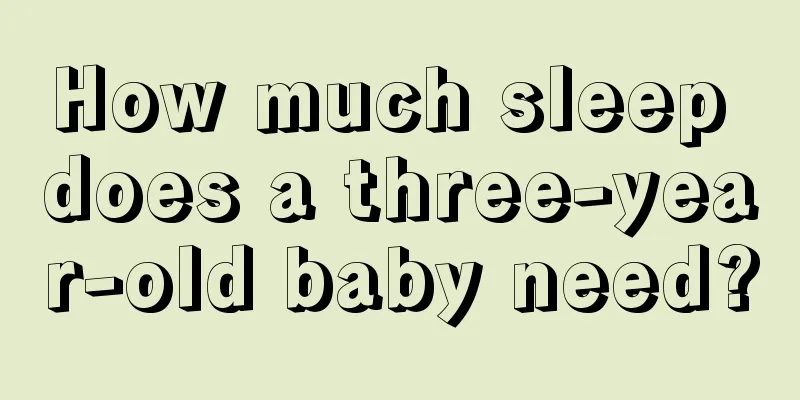How to tell if your child has asthma
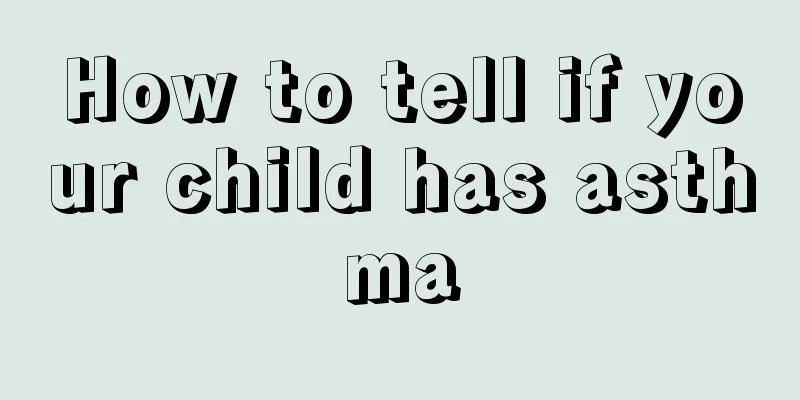
|
Children's respiratory tract is very fragile, especially for some children with allergies, who are more likely to suffer from pediatric asthma due to contact with allergens. However, the symptoms of childhood asthma are similar to those of many diseases, so during the treatment process, we must first learn how to identify whether a child has asthma. Below, we will introduce in detail how to identify childhood asthma. Questioning and examination of allergic asthma in children 1. Have a history of allergies: such as infant eczema, allergic rhinitis, urticaria, food or drug allergies, etc. 2. Causes of the disease: colds, climate change, fatigue, food, medicine, smoke, toys, pollen, etc. can all trigger it. 3. Type of attack: frequent season, time of occurrence, disease trend, duration, etc. 4. Previous medications: anti-allergic drugs, β2 agonists, adrenocortical hormones, aminophylline, etc. 5. Family history: history of asthma and allergies among close relatives, family environment, parents’ attitudes towards asthma, impact on children’s academic, physical and psychological health, impact on parents’ work and finances, etc. Symptoms of allergic asthma in children 1. Premonitory symptoms: common symptoms include itchy nose, sneezing, nasal congestion, runny nose, itchy eyes, itchy throat, chest tightness, dry cough, etc. 2. Typical attacks: often accompanied by cough, wheezing, wheezing, chest tightness, dyspnea, prolonged exhalation, orthopnea, cyanosis, sweating, fever, etc. In some cases, cough may be the only symptom. In severe cases, symptoms may include headache, dizziness, anxiety, confusion, incontinence, drowsiness, coma, respiratory failure, etc. If there is obvious chest pain, the possibility of pneumothorax on the painful side should be considered. 3. Nocturnal attacks: Asthma attacks are more likely to occur at night. Some only have cough, while others have typical attacks. The reasons are related to inhalation of allergens, uneven use of medication and lower temperature. Nocturnal vagus nerve excitation is also related. Examination of physical signs of allergic asthma in children 1. Chest signs: The chest may be symmetrically overinflated, and may become a pigeon chest or barrel chest over time, with weakened respiratory movement. Percussion is tympanic. Auscultation of the lungs reveals obvious wheezing sounds, and moist rales may be heard when the attack lasts for a long time or is complicated by infection. When there is severe airway obstruction, or shallow and slow breathing due to systemic failure, or combined with pneumothorax, wheezing may decrease or even disappear. During remission or atypical asthma, there may be no obvious abnormal signs. 2. Other signs: In severe attacks, there may be limited physical activity, difficulty breathing, orthopnea, incoherent speech, cyanosis of the lips, fingers and toes, rapid pulse or irregular heartbeat, three-depression sign, and in severe cases, there may be severe dehydration, hypotension, systemic failure, coma, etc. Laboratory examination of allergic asthma in children 1. Routine blood test: increased eosinophils and neutrophils can be seen. If there is concurrent infection, the total white blood cell count and neutrophils may increase significantly. 2. Blood test: Elevated immunoglobulin E (IgE) in serum. Arterial blood gas analysis showed decreased arterial oxygen partial pressure, increased carbon dioxide partial pressure, decreased blood oxygen saturation, and decreased blood pH. 3. Pulmonary function test: It can be easily measured to show a decrease in the forced expiratory volume in 1 second (FEV1), a decrease in the maximum respiratory flow (PEF), a decrease in vital capacity, and an increase in airflow resistance. |
<<: White spots on baby's body
>>: What medicine should children take when they catch a cold?
Recommend
What should I do if my 7-month-old baby gets angry?
In daily life, if you encounter some difficulties...
Is it appropriate to wean your baby at ten months?
When to wean the baby is a question that troubles...
Baby rash symptoms and treatment
Everyone knows that newborn babies have poor abil...
Benefits of enema in children
As parents, we fear our children catching a cold ...
What to do if a 3-year-old child doesn't like to eat?
After the child starts eating, he usually doesn&#...
Pain under breast during pregnancy
After a woman becomes pregnant, her body will und...
What is vaginal bleeding in newborns?
Some newborns have vaginal bleeding, which makes ...
If your baby's head is red and swollen, parents should take good care of it.
The genitals of male babies also need care, and a...
What is the cause of aplastic anemia in children?
Aplastic anemia is a very common type of anemia. ...
What to do if children are easily fatigued
Every child is the most caring family member of h...
What should I do if my child has ear pain in the middle of the night?
Because children are in the stage of growth and d...
How to supplement calcium deficiency in one and a half year old baby
If a one-year-old baby lacks calcium, problems ar...
What causes red cheeks in children?
Everyone knows that children's skin is surpri...
How to lose weight in children
Nowadays, childhood obesity has become a problem ...
How to train children's willpower?
Children are the most precious treasures in the h...


